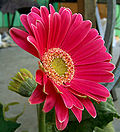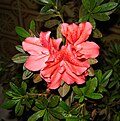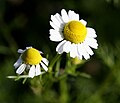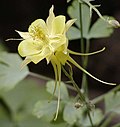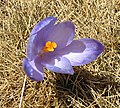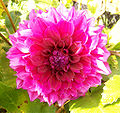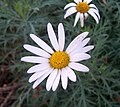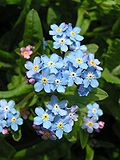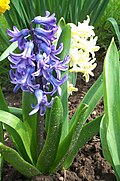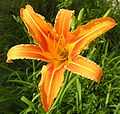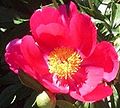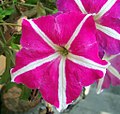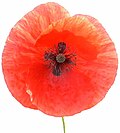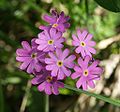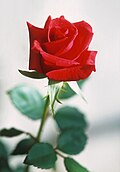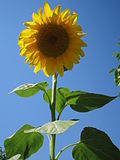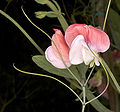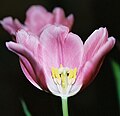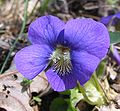AY Honors/Flowers/Answer Key
From Pathfinder Wiki
< AY Honors | FlowersAY Honors/Flowers/Answer Key /
Revision as of 18:25, 29 October 2006 by 67.139.214.55 (talk) (→5. Name at least two plants that are poisonous to touch, and state which, if any, are found in your locality.)
1. Draw or photograph 35 kinds of wild flowers and identify them correctly.
Bummer - most of the flowers listed here are not wild flowers. This section needs a total rework!
- Clematis jackmanii 2.jpg
Clematis
2. Draw and properly label, or point out the actual parts of a flower: pistil, stamen, petal, sepal.
http://www.prairiefrontier.com/pages/families/flwrparts.jpg
3. Name six flower families and their distinguishing characteristics. Name at least two flowers in each family.
Lily-monocots and bulbs-usually rather long slender leaves-flowers often showy-parts in threes and sixes- ovary superior.
Iris-showy flowersand brightly colored sepals and somewhat fuzzy showy petals-underground rhizome tough and fiberous- leaves somewhat stiff long narrow ovary interior.
4. Describe the life history of a particular flower, including the part played by insects or wind in pollination.
A seed nereds warmth is on light and water to grow roots. The flower sprouts up and down at the same time.The flowers grow more leaves. the bees polonate from flower to flower forming seeds. the cycle continues.
5. Name at least two plants that are poisonous to touch, and state which, if any, are found in your locality.
Name in location
poison ivy Yes In NY
stinging netelas Yes IN NY
poison oak Yes In NJ
6. Do three of the following:
a. Arrange, draw or photograph a series of at least six flowers showing in order the colors of the rainbow: red, orange, yellow, green, blue, violet.
b. Submit fresh, pressed or dried flowers which have: five petals, four petals, three petals, no petals.
c. Distinguish and name two out of five wild or cultivated flowers by their odor, while blindfolded.
d. List flowers that you have observed being visited for food by the following:
- 1. Birds:
- 2. Honeybees:
- 3. Bumblebees:
- 4. Butterflies:
- 5. Moths:
